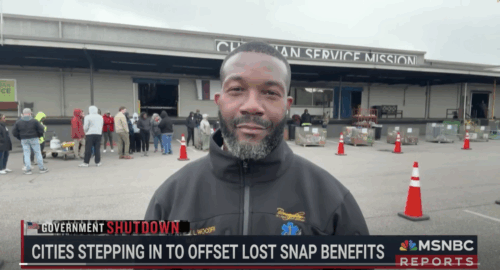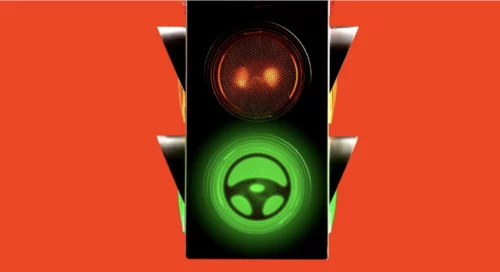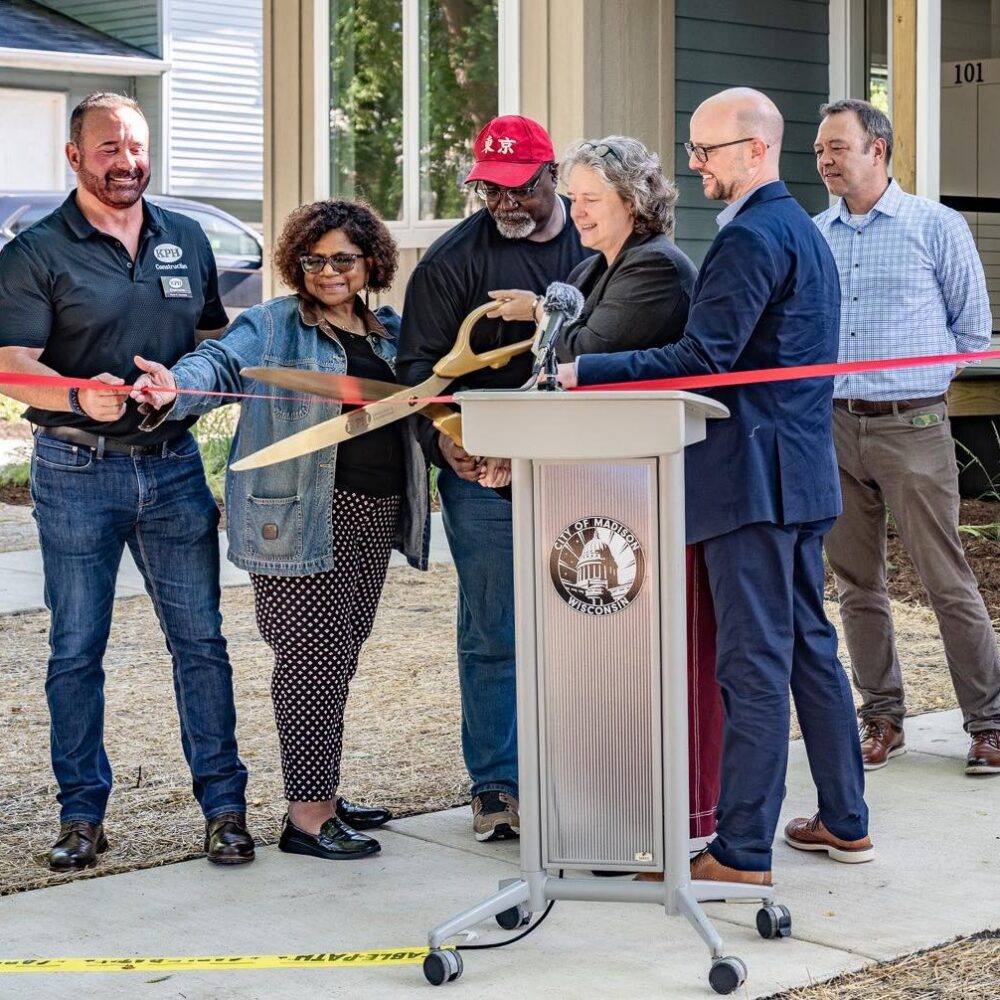
Esteban L. Hernandez, Axios
Slow down, save lives — that’s the message from Mayor Mike Johnston’s new traffic enforcement strategy.
Why it matters: The mayor says the new initiative calling on drivers to slow down and follow posted speed limits can reduce traffic deaths by 50% over the next two years.
The big picture: Johnston on Monday announced the new strategy, which updates the city’s existing Vision Zero plan, alongside Denver City Council members and local traffic safety advocates. Vision Zero seeks to eliminate all traffic deaths by 2030.
-
The pilot program is called SPEED, or System Providing Evidence-based Enhancements in Denver.
Context: It will focus on two major corridors: Federal Boulevard, from 52nd Avenue to Floyd Avenue, and Alameda Avenue between Sheridan Boulevard and Havana Street. Both run along the city’s west and south sides.
-
These streets are in the city’s “high injury network” which is what Denver calls streets where a majority of serious and fatal accidents occur.
State of play: The new strategies, which started rolling out today, includes five steps:
-
Adding speed limit signs and electric signage that show people their speed while putting up signs encouraging drivers to slow down.
-
Programming traffic lights to slow drivers.
-
Making signals at night “rest at red,” meaning lights would automatically stay on red during late night hours until a car arrives.
-
Expanding signal timing to give pedestrians a head start while crossing streets.
-
Adding more speed enforcement, including mobile speed vans that snap a photo and send tickets to drivers over mail.
Reality check: More people than ever are dying on Denver’s roads. As of Monday, 27 people died in crashes on local roads this year, per city data.
-
Serious crashes rose last year, while the number of people who died remained flat; 83 in 2023 and 82 in 2022.
The intrigue: The mayor’s new strategy does not include banning turning right on red lights, which his administration previously evaluated, and research suggests can help make crosswalks safer for pedestrians.
-
However, Amy Ford, Department of Transportation and Infrastructure executive director, tells us the city is studying how this proposal could work to improve safety downtown.
Read the original article here.
More Insights


Kolumn Magazine: Black Women Sweep 2025: A New Era of Local Power


